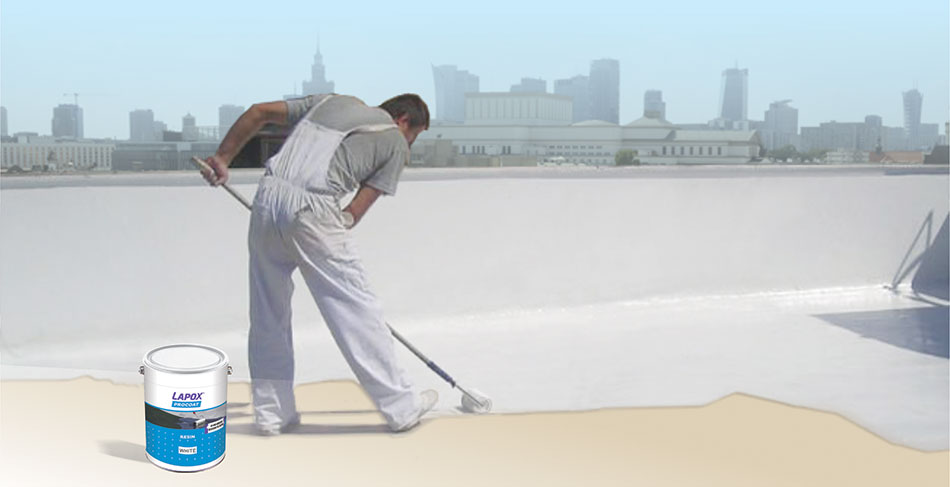Epoxy and PU offer long-lasting waterproofing solutions

Waterproofing is a fundamental aspect of creating a building envelope as water penetration damages a building both aesthetically and structurally. Moisture penetrating reinforced concrete structures will rust the reinforcing bars, causing them to expand, resulting in spalling of concrete.
Waterproofing starts from the building’s basement, podium, bathrooms and exterior walls to top of the terraces. In fact, terraces, roof top decks and balconies are an integral part of waterproofing and require special treatment since they are exposed to extreme weather like sun and rain and footfalls.
Atul Ltd. has launched an epoxy system Lapox® Lacrete to deal with leakages and seepages, and for concrete strengthening. Its polyurethane system Lapox® Procoat provides UV protection, while enhancing the structure’s aesthetics.
Set up in 1947 by Shri Kasturbhai Lalbhai, Atul Ltd. was one of the first chemical companies of Independent India, and the first private sector company of the country to be inaugurated by Pandit Jawaharlal Nehru. Considered a pioneer in manufacturing epoxy resins in India, today, Atul’s epoxy range of Lapox® adhesives find the largest application in the construction sector, for their strength, durability and design.
Terrace waterproofing with Lapox® Lacrete and Lapox® Procoat
Terraces accumulate a lot of rainwater in the monsoon season. If a proper slope is not provided to the terrace slab, water starts accumulating and percolating through the slab and eventually inside the house. To prevent such leakages, conventional waterproofing methods such as brickbat coba or polymer-based waterproofing are not sufficient.
The high performance, epoxy-based Lapox® Lacrete offers waterproofing solution for terraces, bathrooms, core-cut grouting, bond coats, concrete repairing, epoxy injection grouting and anti-corrosive coating for steel bars.
Advantages
- Creates a solid waterproofing barrier as a long-lasting solution
- Does not shrink unlike conventional techniques
- Provides excellent adhesion
- Having low viscosity, it provides high coverage
- Addition of filler reduces cost
- Provides high bond strength
- Resistant to oil, fuel, and most chemicals
- Resistant to vibration
- UV resistance increases life and durability of waterproofing coating and structure
- Certified by CFTRI Mysore for food grade application
Advantages
- UV-resistant – protects the base epoxy layer, thereby, increasing life of structure
- Protects structure from extreme weather conditions
- Abrasion-resistant - does not wear and tear easily
- Dirt-resistant, and can be easily washed off by water
- Reduces indoor temperature as white PU coating reflects sunlight from building
- Retains glossy effect and colour and enhances aesthetic appeal of structure.
Lapox® product range includes Lapox® Ultrafix for vertical cladding of marble and granite; Lapox® Ultra for marble to marble bonding; Lapox® Granito for crack filling in natural and Italian marble; and Epoguard, a high performance industrial paint for metal structures, amongst many more.
NBM&CW April 2018



















